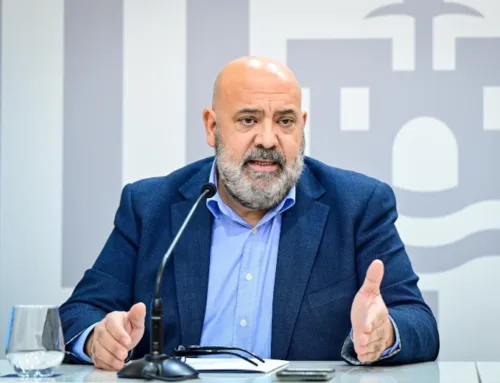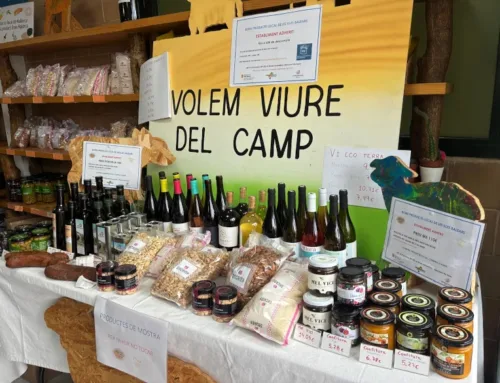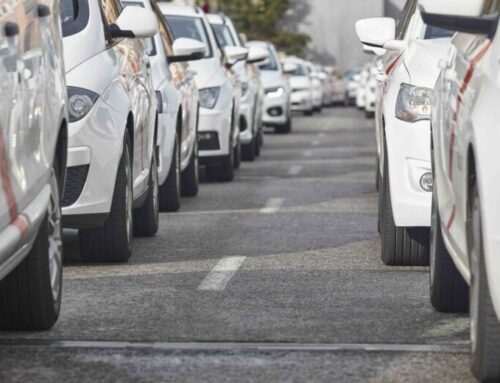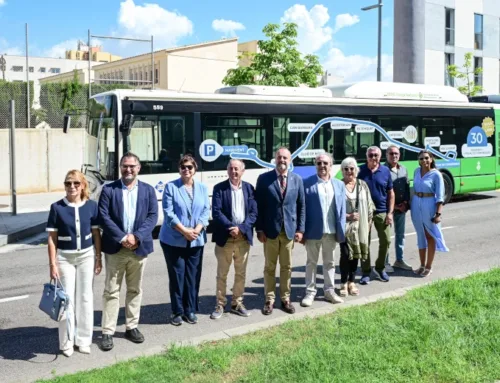Last November, the Balearic Islands registered the fateful death toll of 400 due to COVID-19, ten months after a February 7 in which the first case of the archipelago and the second in Spain was admitted to Son Espases: an English father, resident in Marratxí and that he had just come from France, a synecdoche of what was already happening in the world and of the contagion power of the virus. Here, in the streets, it was hardly given importance.
Text: J. E. Iglesias

After more than 40 days of hard lockdown, the children were the first who could go out for a walk. Photo: Llorenç Salvà Romartínez.
On March 11, the WHO declares the global pandemic for COVID-19. The next day, with about 30 cases detected on the islands, the first death from COVID occurs in Mallorca, a 59-year-old woman with other associated diseases. That same day, the WHO reports that Europe has become the ‘capital’ of the pandemic.
Everything rushes. The contagion capacity of the stealthy SARS-CoV-2 is brutal. After almost 4,000 infections and 90 deaths, the President of the Government announces the State of Alarm for March 14, which would be extended until June 20: 99 days of one of the strictest lockdowns on the planet. The whole Spain is paralyzed, the agendas of the country are erased. Activity plummets. Thousands of ERTEs are processed daily at the beginning of April.
The days before and after the declaration took place the toilet paper days: the images of thousands of people stockpiling rolls of paper and overflowing carts until the supermarkets were emptied starred the news programs all over Spain. In the Balearic Islands -as in other places- the ghost of the insular shortage jumps. The situation borders on uncontrolled panic.
At the end of March, the US, with a denialist Trump, collects the highest number of infections in the world and in May, America rises as the global epicenter of the pandemic.
The subsequent de-escalation –during May and June– would lead to the second wave in an unusual summer of beaches without tourists, thousands of workers in ERTE, company closures and other factors of a galloping crisis that places the Balearic Islands in the community hardest hit by the economic crash.
In the middle of August the second wave begins. More contagious, but less deadly. And with that, new lockdowns, now partially. Palma borders Son Gotleu, Can Capes, Soledat Nord, part of Son Canals and Arquitecte Bennassar.
The regional Government negotiates with the central Government to establish a policy of safe sanitary corridors between the islands and the countries that emit tourism to try to save part of the season, but the proposal came to nothing.
On October 7, the President of the Government, Pedro Sánchez, presents the “Recovery, Transformation and Resilience Plan for the Spanish Economy”, a gigantic EU multi-million dollar investment project that attributes 140,000 million euros to Spain in two phases: the first, between 2021 and 2023, it will be 72,000 million.
On October 28, Spain is in extreme risk and continues throughout November.
On November 9, pharmaceutical company Pfizer and its partner BioNTech announce their vaccine. There is a momentary euphoria that makes stocks rise for the first time in a long time. Once the spigot is open, a veritable explosion of advertisements for vaccines against the virus ensues: 48 laboratories are also in the clinical phase with human tests, of these, 11 are in phase 3 prior to commercialization.







Leave A Comment